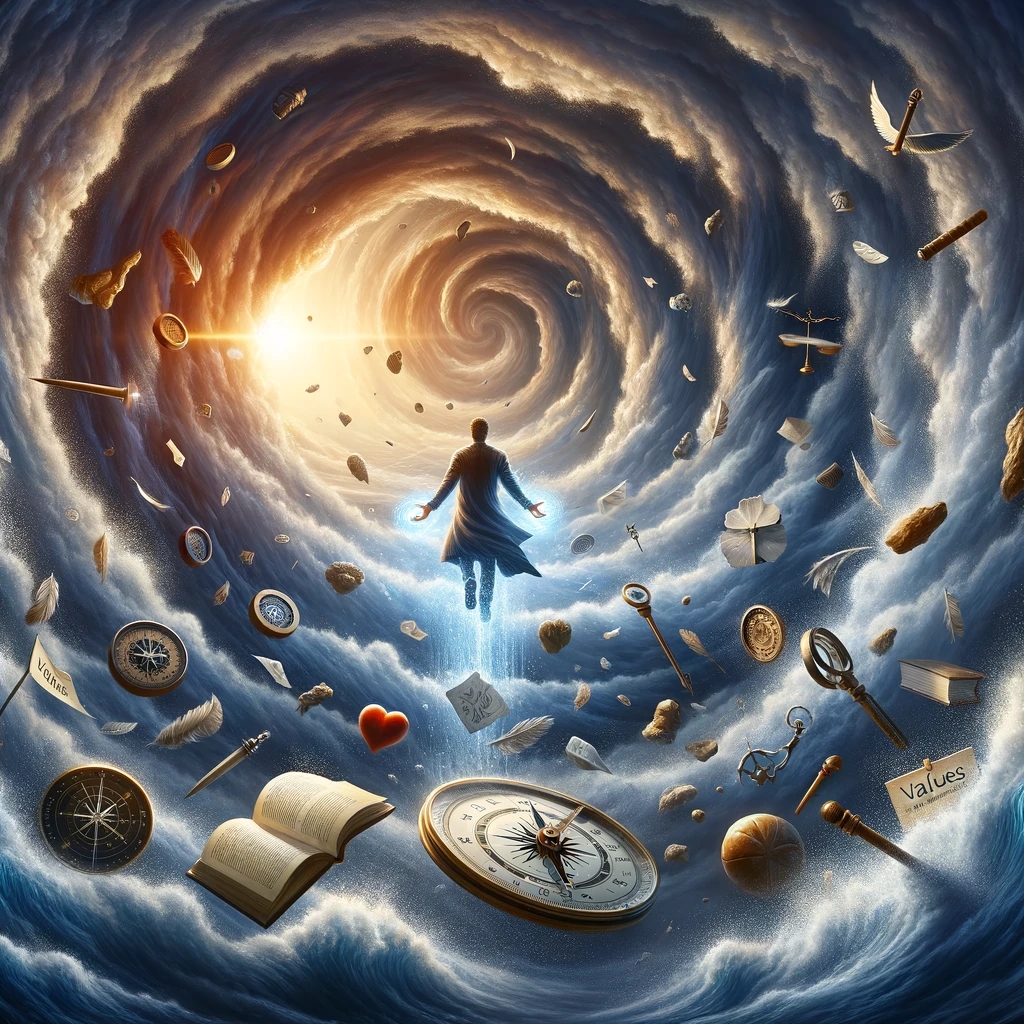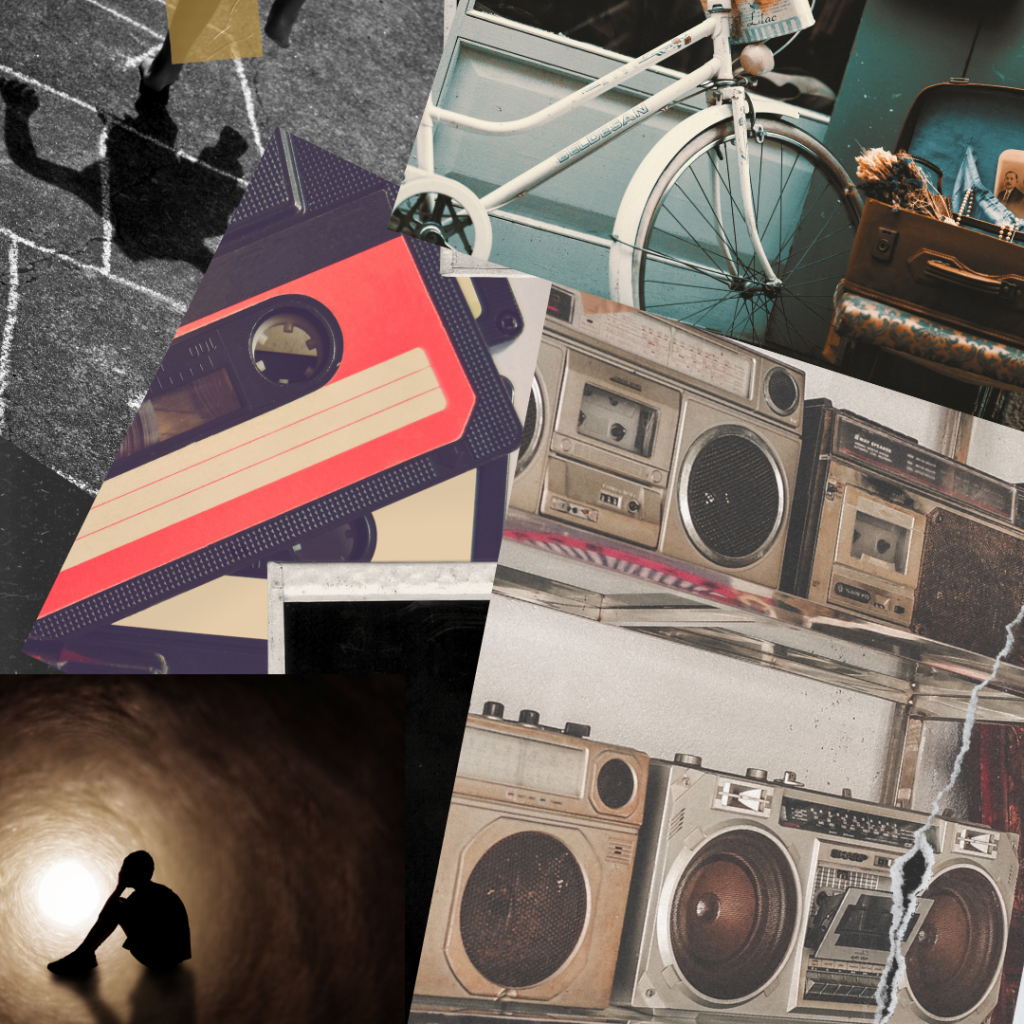Recently I read somewhere that you should have at least three best friends for life. And my knee jerk reaction to that was, “how?”
How does one have three best friends for life? Three people you can trust wholeheartedly? Who have your best interests at heart? Who are loyal and have been through your highs and lows and provide unwavering support and companionship?
I am sure there are people who never had to change schools or move cities to make a livelihood for themselves and are lucky their friends did not either. Even then, since life throws so many frequent curveballs at you that it’s hard to fathom situations where friendships remain the same for life. For instance, you get married and your spouses don’t get along, you grow different set of interests than your friends and you have evolving and shifting set of priorities than your friends. So it’s always refreshing and admirable for me to see how certain people manage to keep the same group of friends for life.
Concentric circles of priorities:
Naval Ravi Kant, that many of us consider one of the most elite modern day philosophers in a 2017 interview said that his priorities are a concentric set of expanding circles. If you were to put his words into a diagram it may look something like this:

Where at the very core of all your priorities should be your own physical health and five circle’s later is your family’s mental health. He did not go beyond this but I am sure this is followed by financial health, knowledge gathering and other areas of growth before the circle of friendships even start to make an appearance.
And if you are geographically mobile, controlled by various time-zones and work schedules, you instantly start to grow apart and the friendships gradually start turning from healthy levels of deep chats to cordial greetings or occasional check-ins. This may give an impression of a great relationship and while it may be, they no longer fit the traditional definition of a “close friendship”.
As per the Survey by Center on American Life only 13% of the Americans admit they have a close circle of friends (in double digits) in 2021 down from 33% in 1990. And at the same time the share of people who said they have no close friends at all went up from 3 percent in 1990 to 12% in 2021.
I am also currently reading a book called On Belonging by Kim Samuel that says, Canada (a country where I now live) has a loneliness rate of 20%. And while that comes from social isolation and various socio-economic factors, it also implies that some of us have sacrificed close friendships to technology, shift in work paradigms, and social media. Of course, Covid-19 also stretched this gap to extreme ends.
For instance, look at this random twitter poll from 2023 by @euronewsnext: More than 50% of the 507 respondents say they have less than 3 close friends, and 22% say they have no close friends. That’s a staggering amount of lonely people. And I refuse to believe they are all weirdos and nerds or socially awkward people.

So there’s clearly something out of control. Whether it’s the individualistic societies we live in driven by technological advancements and fast-changing social dynamics or busy and hectic lifestyles fuelled by urbanization, digital communication, and mobility. This then begs the question: Can Artificial intelligence in the near future fill that void?
Klara and the Sun: A Remarkable Friendship in a Futuristic Dystopia
Last year I read Klara and the Sun by Sir Kazuo Ishiguro. It’s a near-future dystopian sci-fi novel written from the POV of a robot friend (they are called AF – artificial friend) named Klara to a sick kid named Josie. Now from that one-line summary itself, you can tell that although it’s a futuristic dystopia, the robots aren’t a force of evil. In this world, every “lifted” kid (privileged kid) has an AF.
Klara demonstrates a deep understanding of Josie’s needs, emotions, and desires. She empathizes with Josie’s struggles and tries to provide comfort and support. Josie confides in her and Klara is even willing to sacrifice for Josie’s well-being. She puts Josie’s needs before her own even when it means risking her own existence.
Without giving a lot of spoilers, I could tell you that there are so many characteristics of a remarkable friendship demonstrated by Klara in this novel that is impossible to find today: there’s selflessness and sacrifice, there’s acceptance and non-judgment and there are plenty instances of emotional connection and shared experiences. Josie and Klara engage in meaningful conversations, engage in outdoor activities, and support each other during pivotal moments.
Now, I don’t think any of us have friends who check all these boxes. Even an ideal best friend would not have the enhanced understanding and empathy or they wouldn’t have the unwavering loyalty that Klara has. They wouldn’t be free from limited subjectivity and biases, but most importantly, they would not be able to operate without personal agendas and an elevated sense of selflessness that Klara does.
How would artificial intelligence fill the gap of a best friend?
In the Enterprise world AI co-pilot is already a thing that accesses the knowledge repository, answers questions, summarizes documents, designs and codes with you. It’s a work-friend – a non-judgemental, always available, personalized ally. Stretch those parameters across other IoT devices, online interactions, sensors and user inputs and top them up with your own personalized data and you have a best friend, that does the same except it also knows about how many strokes per second of a smart toothbrush you prefer and why on a Thursday morning all of a sudden you are hit with existential dread and what kind of intangible devices from your emergency kit could you pull out to calm your nerves. It could tell you what lifestyle choices made in the past few days (dietary, sleep patterns, lack of exercise, burnouts, etc. ) are causing this lull and what kind of personalized choices of well-being (books, music, activities, etc. ) you can count upon.
Of course, this also doesn’t eliminate the need or the want of human interactions. While we do know and want a non-judgemental, empathetic, bias-free, personalized companion, we cannot use that entirely as a substitute for the unpredictable, critical, fussy, chaotic relationships that we have evolved to crave. That’s where the human nature and the fun lies.
Simon de Beauvoir believed in serendipitous encounters, chance connections, and potential for growth through unpredictable experiences while Martin Heidegger encouraged, “authenticity” in friendships to live genuinely.
But the emotional gaps created by authenticity and serendipitous encounters need healing. They have been created by enormous fast-paced technological forces and they may be solved by them. Until then our minds and the way it handles friendships are often like a bull in a china shop; self-indulgent, reckless, causing unintended damage.
But my hope is that we will still and always be great friends with humans. Evolved artificial intelligence may not take over that primal urge to be understood by another evolving soul. In C.S Lewis’s words, a new friendship would be born every time when one of us will say to other, “What! You too? I thought, I was the only one.”



Leave a comment